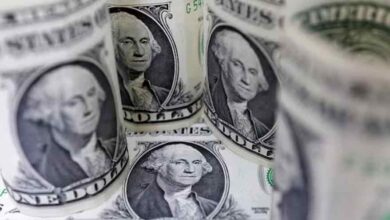Pakistan’s economic outlook is showing signs of cautious optimism with the possibility of further reductions in interest rates and an expected increase in foreign exchange reserves, according to the latest report by S&P Global Market Intelligence.
The report notes that due to improved inflation control and a better current account balance, the State Bank of Pakistan (SBP) has significantly relaxed its monetary policy, reducing the interest rate by 11%, a deeper cut than analysts had anticipated. S&P expects another 100 basis points cut in interest rates by the end of 2025, citing space for further fiscal easing.
The country’s foreign exchange reserves are projected to reach $14 billion by the end of June, a considerable improvement backed by progress in the IMF program and ongoing financial assistance from friendly nations and international institutions, which the report declares as “indispensable” for economic stability.
Despite these positive indicators, the report highlights the pressing financial needs of the country, estimating Pakistan will require around $27 billion annually to meet its obligations. It points out that $8 billion in external payments are due in 2025, followed by $9 billion in 2026. However, a major relief has come in the form of $16 billion in rescheduled loans for the current year, while $1.3 to $1.5 billion in payments are expected in the remaining months of 2025.
S&P Global cautions that despite the improved economic metrics, the global economic environment remains uncertain, and external pressures — such as US tariffs and a decline in global demand — may compel the SBP to maintain a cautious policy stance.
The report also reflects mixed trends in the manufacturing sector, noting that domestic production increased in March 2025, indicating a revival in industrial activity. However, new export orders saw a decline for the first time since May 2024, which could impact future growth.
Furthermore, the report raises concerns over rising input and energy costs, warning that product prices may increase in the coming months, adding inflationary pressure despite the current relief.







